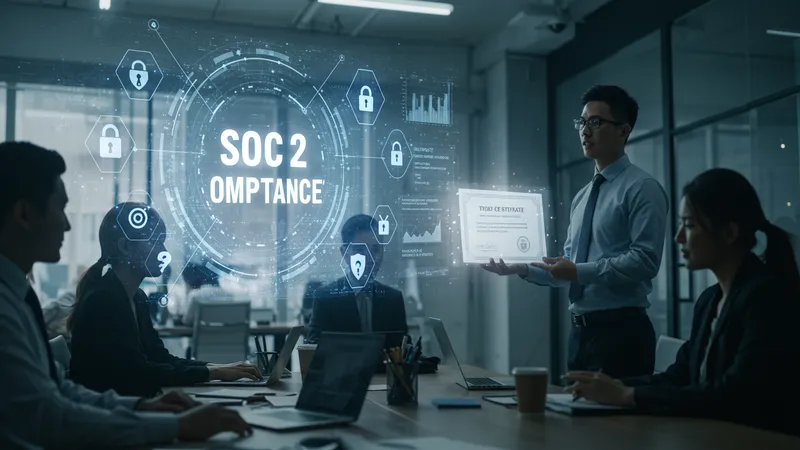
What Is SOC 2 Compliance? A Complete Guide For SaaS Founders
The Origins of SOC 2 Compliance
SOC 2 compliance has its roots in a world where data started becoming more valuable than oil. It originated from the American Institute of Certified Public Accountants (AICPA) to address this new currency of trustworthiness. The framework isn’t just sheets of paper; it’s a comprehensive guide crafted meticulously by industry pioneers. As SaaS products become the vessels of sensitive data, adhering to SOC 2 becomes more of a survival tactic than a formality. Remarkable is the evolution—once an accounting tool, it now dictates data behavior. But there’s one more twist to its existence…

Most SaaS founders assume SOC 2 compliance is only for large enterprises. But what many don’t realize is that it applies to firms of all sizes. Small startups are now audaciously using SOC 2 as a competitive advantage, leveling the playing field. When startups can show that they prioritize client data with such rigor, it’s often a deal clincher. This strategy marks a pivot from conventional beliefs to embracing new norms. Yet, the realities about how SOC 2 impacts client perception might just flip that understanding on its head…
At its core, SOC 2 compliance isn’t just a certificate; it’s a security blanket for suspicious clients. Picture this: a potential client sifting through countless software options and finding your SaaS platform standing out with a SOC 2 compliance mark. This scenario is occurring with increasing frequency. What SOC 2 offers, beyond data protection, is an undeniable aura of credibility. But SOC 2 reveals another facet, one companies might not be ready for…
The compliance process compels you to scrutinize every nook and cranny of your operations. This level of introspection often unveils unanticipated vulnerabilities—holes in security you never knew existed. It’s a process that, while daunting, has salvaged companies from security implosions. Only by confronting these shadows can a SaaS truly thrive. What you read next might change how you see this forever.